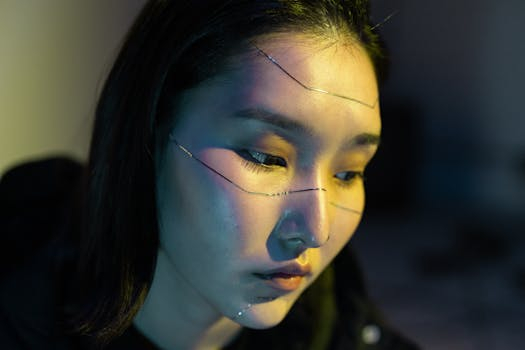AI in Design: Predicting Trends to Slash Overproduction
The world of design is constantly evolving, with new trends emerging every season. While these trends bring freshness and excitement, they also contribute to the vast issue of overproduction. As designers strive to stay ahead of the game, they often end up producing more than what is actually needed, resulting in waste and harm to the environment. However, with the advancement of technology, specifically Artificial Intelligence (AI), there is hope for a more sustainable future in the world of design. AI has the ability to predict trends and consumer behavior, helping designers make informed decisions about their creations. In this article, we will explore the power of AI in design and its potential to slash overproduction.
The Rise of AI in Design
Artificial Intelligence has increasingly become a buzzword in the world of design. It refers to the use of machines and algorithms to mimic human cognitive functions, including problem-solving and decision making. In recent years, AI has become more accessible and affordable for businesses, including the design industry.
One of the main reasons for the rise of AI in design is its ability to analyze data and predict patterns. This has proven to be invaluable for businesses, as it allows them to understand consumer behavior and preferences better. With this information, designers can create products that are more likely to be successful in the market, reducing the risk of overproduction.
Predicting Trends with AI
Trends in the design industry can sometimes feel unpredictable, leading to designers playing a guessing game with their creations. However, with the help of AI, this can be a thing of the past. By analyzing vast amounts of data, including social media trends, search engine queries, and consumer behavior, AI can accurately predict future trends with a high level of precision. This means that designers can stay ahead of the game and avoid creating products that may end up as deadstock.
Moreover, AI can also analyze data from previous seasons and pinpoint the features that made certain products successful. This means that designers can create new designs that are likely to be popular based on successful past trends. By using AI, designers can also identify gaps in the market and create products that cater to the unmet demands of consumers, reducing the risk of overproduction.
Reducing Waste and Harm to the Environment
Overproduction in the design industry not only results in wasted resources and money but also has a detrimental impact on the environment. The production of fabric, for example, requires large amounts of water and energy, and the disposal of unsold products contributes to landfills and pollution. However, with the help of AI, designers can reduce the harm to the environment by only producing what is needed.
In addition, AI can also assist in creating sustainable designs. By analyzing data on materials and production processes, AI can help designers choose more environmentally friendly options, resulting in a more sustainable fashion industry.
The Limitations of AI in Design
While AI has proven to be a powerful tool for predicting trends and reducing overproduction, it is not a perfect solution. AI relies on past data to make predictions, which means that it may not be able to anticipate disruptive trends or changes in consumer behavior. Therefore, it is essential for designers to use their creativity and intuition to balance the use of AI and their own expertise.
Additionally, AI cannot replace the human touch in the design process entirely. It can assist in predicting trends and creating more sustainable designs, but ultimately, it is the designer’s creativity and vision that make a product unique and desirable.
In Conclusion
In the fast-paced world of design, staying ahead of the game while reducing overproduction is a difficult balance to achieve. However, with the help of AI, designers can have a better understanding of consumer behavior and preferences, enabling them to create products that are in demand, reducing waste and harm to the environment. While there are limitations to the use of AI in design, its potential to predict trends and slash overproduction is undeniable. As technology continues to advance, we can look forward to a more sustainable future in the world of design.







